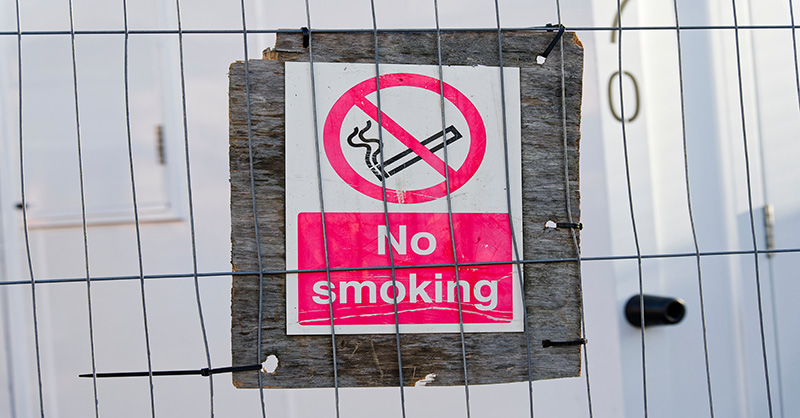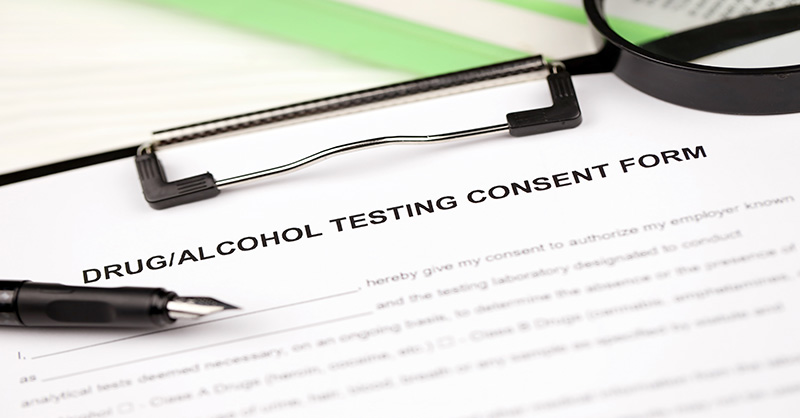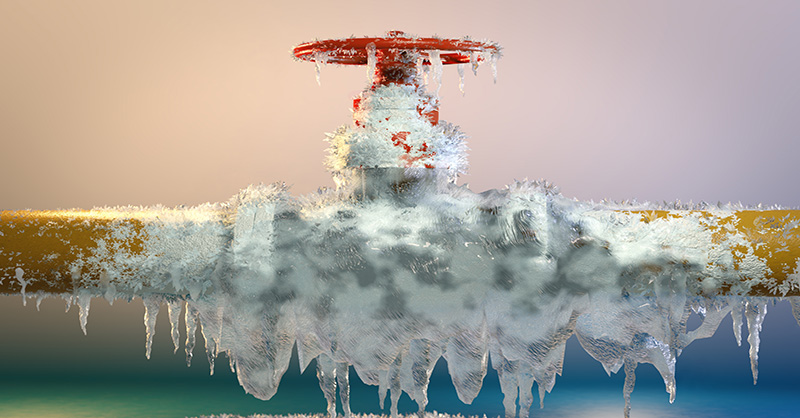How to Prevent Water Intrusion and Leakage in Self-Storage Units [Checklist Included]

Water intrusion and leakage are significant concerns for self-storage facility owners and operators. These issues can lead to property damage, mold growth, and customer dissatisfaction. Understanding the various ways water can enter storage units and implementing best practices for prevention are crucial steps in maintaining a secure and dry environment.
Common Causes of Self-Storage Unit Water Damage
Understanding the root causes of water intrusion and leakage in self-storage units is the first step toward implementing effective preventive measures.
- Roof Leaks: Damaged or poorly maintained roofs are a primary source of water intrusion. Missing shingles, cracked tiles, or deteriorated flashing can allow water to seep into the building. Worn or missing shingles, cracked tiles or deteriorated flashing can allow water to seep into the building.
- Poor Drainage Systems: Inadequate or clogged gutters and downspouts can cause water to overflow and pool around the foundation, leading to seepage into storage units. Ensure the ground around the facility slopes away from the building to direct water away from the foundation.
- Foundation Cracks: Cracks in the foundation can allow groundwater to enter the building, especially during heavy rains or flooding.
- Faulty Seals and Weatherstripping: Worn or damaged seals around doors and windows can permit water to enter during storms or high humidity.
- Plumbing Issues: Leaking pipes or fixtures within the facility can cause water damage to storage units. This can be especially true during periods of colder weather, when water in pipes can freeze and comprise pipe integrity, leading to significant water leakage after the water thaws.
- Condensation: Poor ventilation can lead to condensation buildup inside units, particularly in climates with high humidity.
- Leaking HVAC Equipment: HVAC systems can develop leaks due to condensation or malfunctioning components, leading to water damage in storage units.
Best Practices for Preventing Water Intrusion and Leakage
Water damage in self-storage units can be expensive for both owners and tenants. Follow these best practices to minimize water intrusion and leakage:
- Regular Roof Inspections and Maintenance: Conduct routine inspections of the roof to identify and repair any damage promptly. Ensure that flashing and seals are intact and in good condition.
- Effective Drainage Systems: Maintain clean and functional gutters and downspouts. Ensure that water is directed away from the building’s foundation.
- Foundation Maintenance: Inspect the foundation regularly for cracks, and immediately seal any found. Consider installing a sump pump in areas prone to flooding.
- Seal and Weatherstrip: Check and replace seals and weatherstripping around doors and windows, as needed, to prevent water ingress.
- Plumbing Inspections: Regularly inspect plumbing systems for leaks, and repair any issues promptly. Consider installing water sensors to detect leaks early. It is also important to identify areas where plumbing lines can be exposed to freezing temperatures to introduce climate control and insulation to prevent pipe bursts. Installing leak and freeze property telematics sensors are an effective means of detecting leaks and freezing temperatures early to prevent or minimize water damage.
- Improve Ventilation: Ensure proper ventilation in storage units to reduce condensation. Use dehumidifiers in areas with high humidity.
- HVAC Maintenance: Regularly inspect HVAC systems for leaks, and ensure proper drainage of condensation. Schedule routine maintenance to keep the systems functioning efficiently.
- Frequency: Inspect HVAC systems at least twice a year, ideally before the start of heating and cooling seasons.
- Components to Check: Look for signs of wear and tear, and leaks, and ensure all components are functioning correctly.
- Clean or Replace Filters: Clean filters improve air quality and system efficiency, reducing the risk of condensation.
- Frequency: Check filters monthly, and clean or replace them every one to three months, depending on usage and manufacturer recommendations.
- Elevate Storage Items: Encourage customers to store items off the ground on pallets or shelving to prevent damage from minor water intrusion.
Additional Steps to Help Prevent Water Intrusion During Severe Weather
Handling water intrusion during heavy storms requires a proactive and well-prepared approach. Here are some additional steps you can take to manage and mitigate water intrusion during a storm:
1. Pre-Storm Preparation
- Inspect and Repair: Before the storm season, inspect your facility for any vulnerabilities. Repair any damaged roofs, walls, or foundations.
- Clear Gutters and Drains: Ensure all gutters, downspouts, and drainage systems are clear of debris, to allow for proper water flow.
- Seal Openings: Check and seal any gaps or cracks around windows, doors, and other openings, to prevent water from entering.
2. During the Storm
- Monitor Weather Reports: Stay updated with weather forecasts to anticipate the severity of the storm, and take necessary precautions.
- Deploy Flood Barriers: Use sandbags or other flood barriers around vulnerable areas to divert water away from the building.
- Check Drainage Systems: Regularly check that drainage systems are functioning properly and not clogged.
3. Immediate Response to Water Intrusion
- Identify and Stop the Source: Quickly identify where the water is coming from and take steps to stop or reduce the flow.
- Remove Water: Use pumps, wet vacuums, or mops to remove standing water as quickly as possible, to prevent further damage.
- Protect Stored Items: Move items to higher ground or place them on pallets to keep them off the floor. Use plastic covers to protect items from water damage.
4. Post-Storm Actions
- Dry Out the Area: Use dehumidifiers, fans, and ventilation to dry out the affected areas, and prevent mold growth.
- Inspect for Damage: Conduct a thorough inspection to assess any damage to the structure and stored items. Document the damage for insurance purposes.
- Repair and Restore: Make necessary repairs to the building, and replace any damaged materials to restore the facility to its pre-storm condition.
5. Review and Improve
- Evaluate Response: After the storm, review the effectiveness of your response plan, and identify areas for improvement.
- Update Emergency Plan: Update your emergency response plan based on lessons learned to better prepare for future storms.
By following these best practices and using the checklist provided, self-storage facility owners can significantly reduce the risk of water intrusion and leakage, protecting both the facility and the belongings stored within.
Download Our Checklist for Preventing Water Intrusion and Leakage in Self-Storage Units
To help ensure your self-storage facility remains protected from water damage, download our checklist for preventing water intrusion and leakage. This checklist provides actionable steps and best practices to help you maintain a secure and dry environment.
Download Checklist













